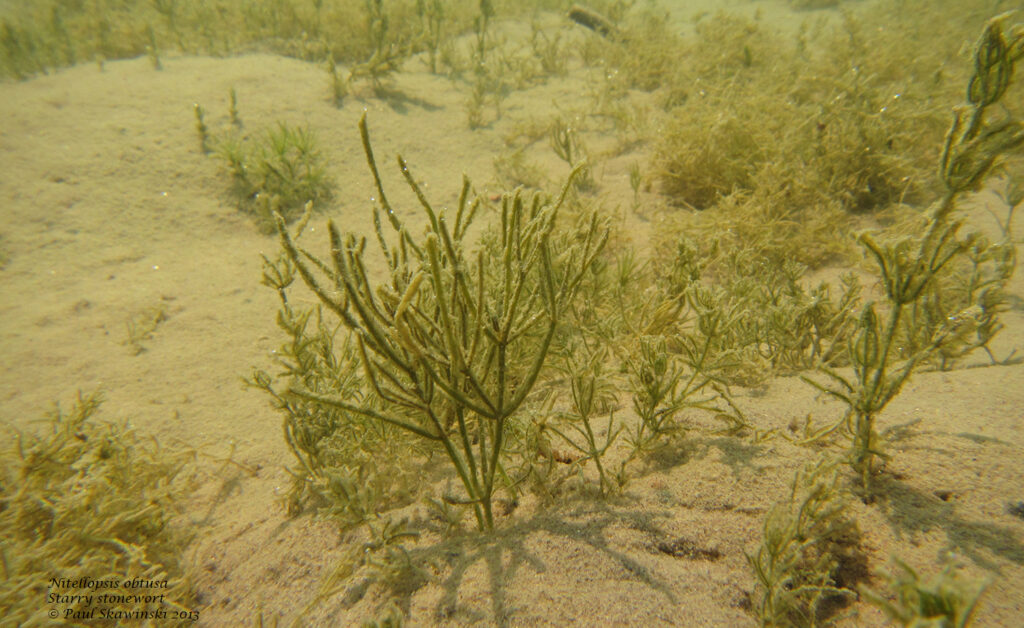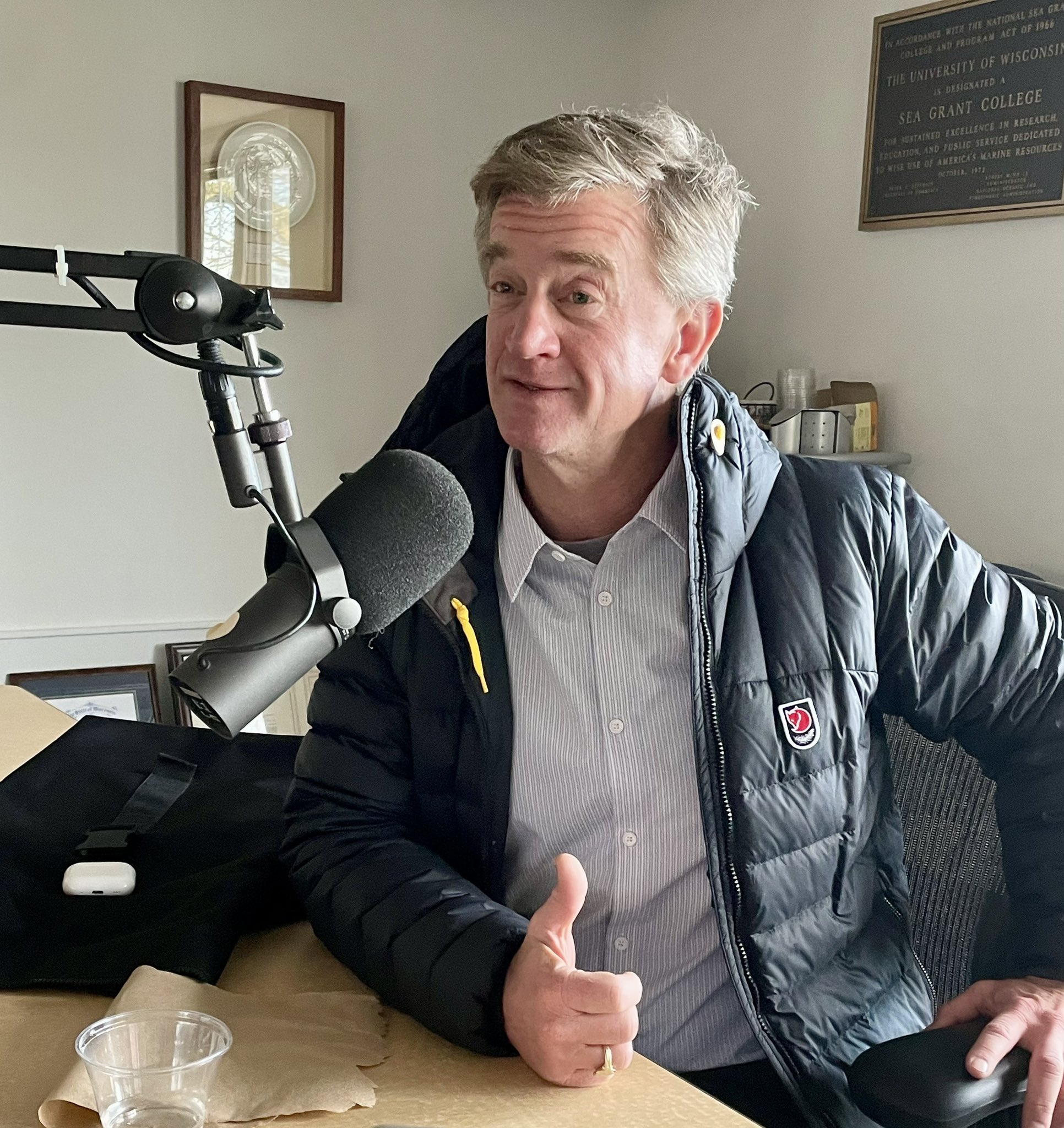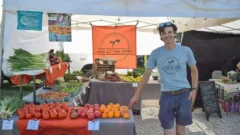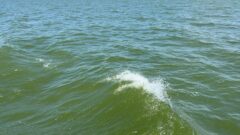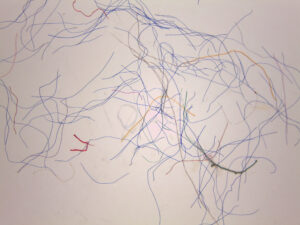Great Lakes water levels decline in March. Could seasonal rise be on the way?
The U.S. Army Corps of Engineers predicts that water levels for the Great Lakes will continue a seasonal drop until April; all of the Great Lakes this winter are below the 2023-2024 levels due to winter conditions. But now that spring-like weather is starting to show, most of the Great Lakes are predicted to have rising water levels. Read the full story by the Erie Times-News.
Great Lakes Commission
https://www.glc.org/dailynews/20250326-water-levels



